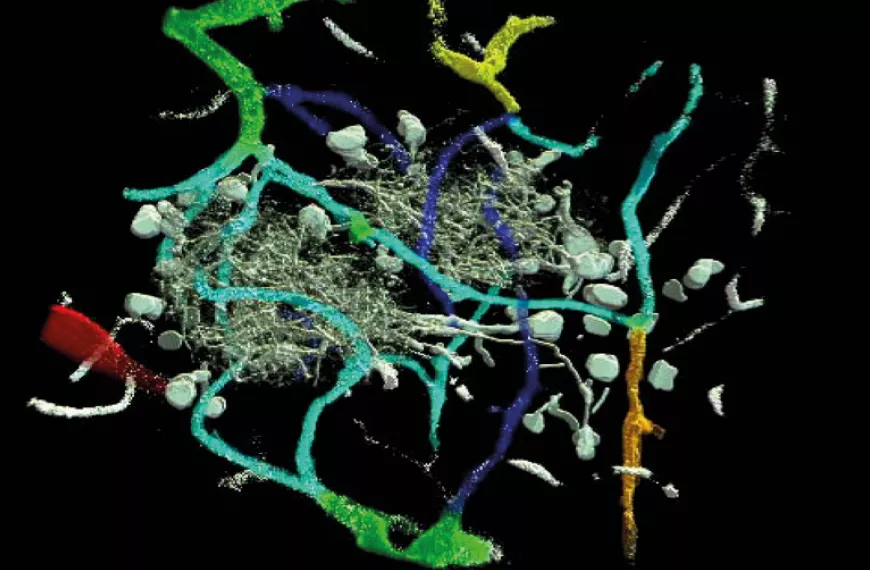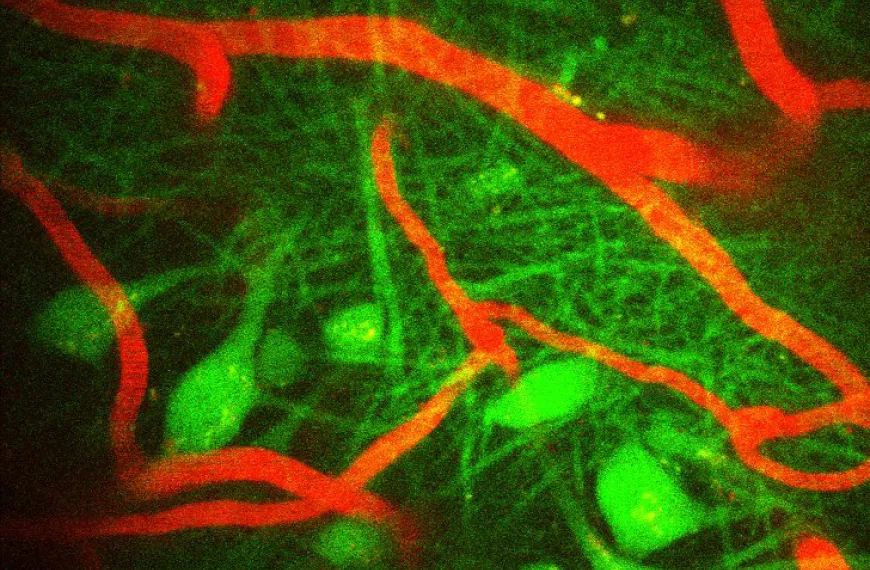Sensory information processing and neurovascular coupling imaging
We explore how interactions between neurons and non-neuronal cells modulate brain activity and how this modulation contributes to the vascular signals used in functional imaging of the human brain.
Presentation
Since its origin, my group has associated neuroscientists and physicists in order to develop new tools that allow investigating brain activity at the cellular level, in vivo. During the last 5 years, my team has pursued some optical developments while investigating various aspects of glomerular neurophysiology, glomeruli being small functional modules in the rodent olfactory bulb. In particular, our research has aimed in three directions:
- the study of synaptic interactions within the glomerular network
- the analysis of neurovascular coupling, functional hyperemia and oxygen consumption in glomeruli during odor
- the development/use of new tools to measure brain activity in vivo. I strongly believe these topics must be investigated simultaneously in order to decipher precisely the mechanisms underlying functional hyperemia, and thus the vascular signals detected with non-invasive functional imaging techniques in human. If most of our research has aimed at understanding these basic mechanisms in the normal brain, we are investigating several aspects of brain vascular pathology.


Research areas
- Synaptic interactions within the glomerular network.
- Neurovascular coupling, functional hyperemia and oxygen consumption in glomeruli.
- Development/use of new tools to measure brain activity in vivo.
Team members
Scientific publications
Below you will find the latest scientific publications in this field: Sensory information processing and neurovascular coupling imaging.





